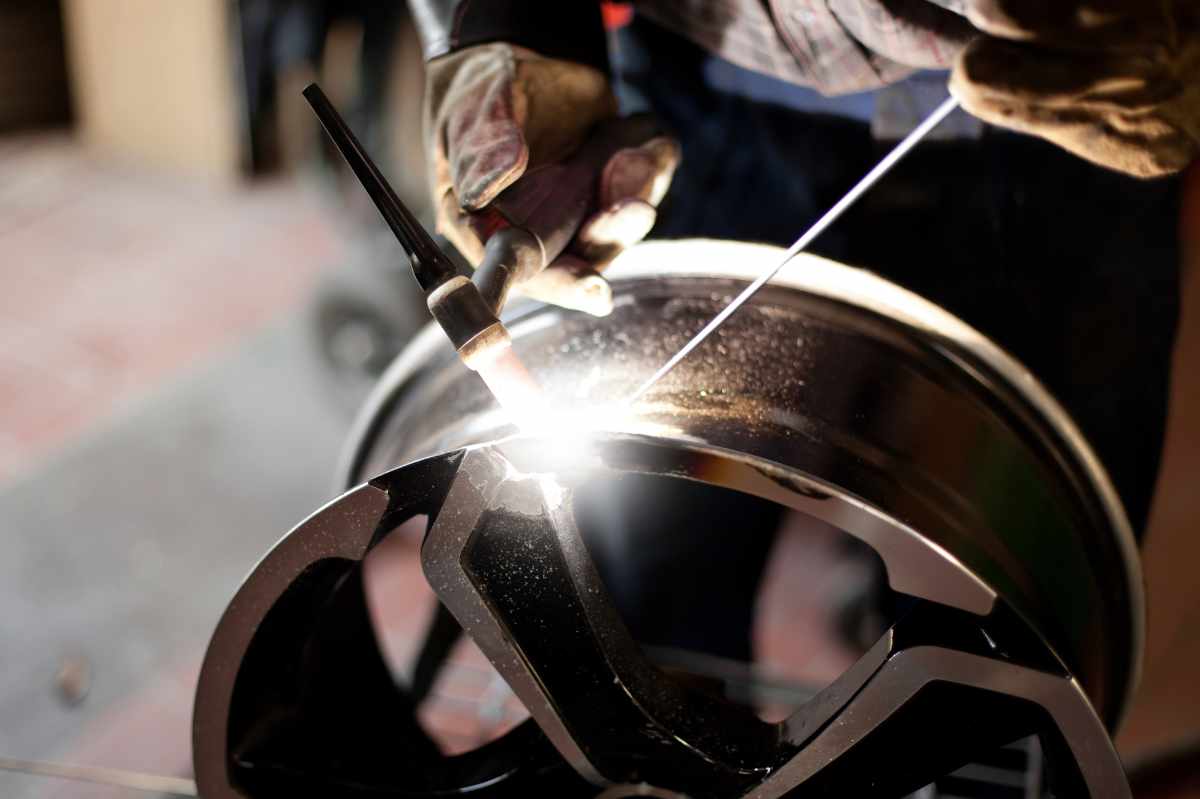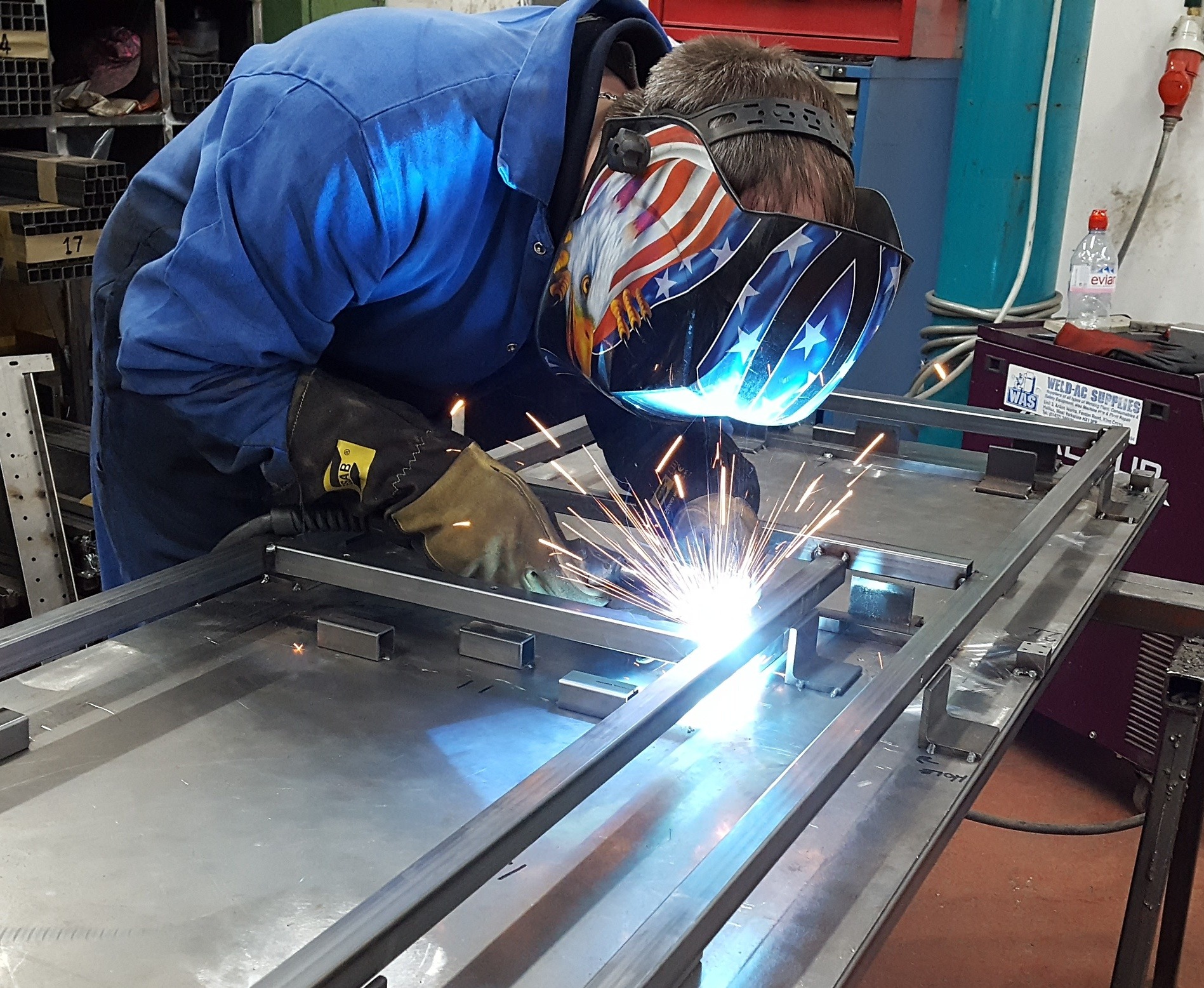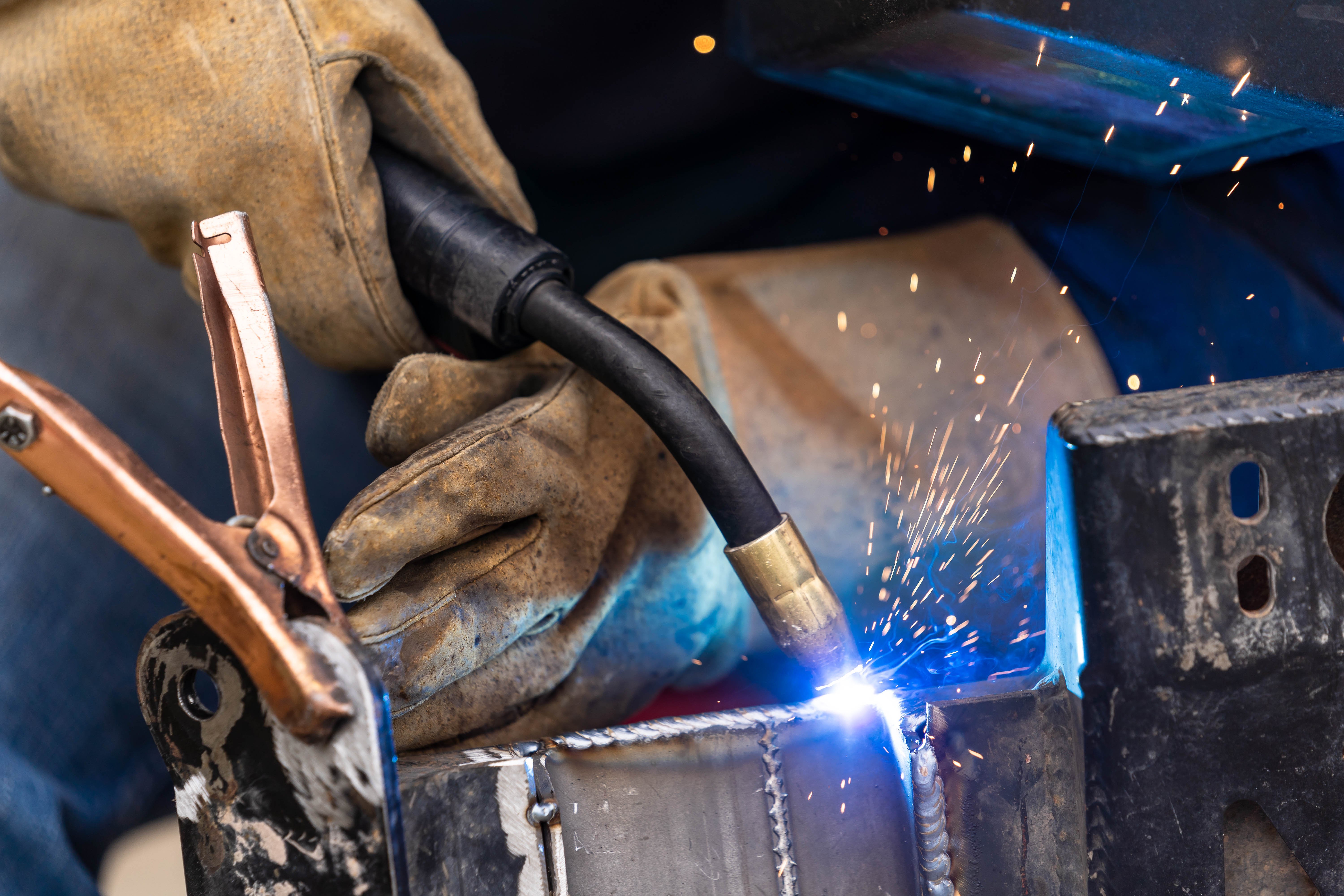Steps to take when encountering porosity in Montana Mobile Welding and Repair Welding
Usual Welding Repair Work Issues and Just How to Address Them Successfully
Welding repair services often come across a variety of problems that can endanger the stability of the final product. Typical problems include poor infiltration, porosity, and misalignment, to name a few. Each problem presents distinct difficulties that need certain approaches for resolution. Recognizing these issues is necessary for welders aiming to enhance their skills and outcomes. This discussion will certainly explore these typical welding fixing concerns and effective techniques to resolve them.
Inadequate Infiltration
Insufficient infiltration happens when the weld steel stops working to completely fuse with the base product, leading to weak joints and prospective architectural failings. This problem typically originates from insufficient warm input, wrong electrode angle, or incorrect welding speed. Welders might experience poor penetration due to a mistake of the needed parameters for a specific material thickness or kind. In addition, contamination on the base product's surface can hinder reliable bonding, worsening the problem. To address insufficient infiltration, welders should assure suitable settings on their equipment and preserve a tidy job surface. Routine assessment of welds is advised to determine any deficiencies early, permitting prompt modifications and the prevention of endangered architectural integrity in bonded assemblies.
Porosity
Porosity is a typical defect in bonded joints that manifests as tiny gas bubbles trapped within the weld metal. This flaw can compromise the stability of the weld, resulting in decreased stamina and potential failure under tension. Montana Mobile Welding and Repair Fabrication. Porosity commonly arises from contamination, moisture, or improper welding techniques, which allow gases to leave right into the liquified weld swimming pool. To deal with porosity, welders ought to guarantee appropriate surface area preparation, maintain a tidy functioning environment, and use suitable welding parameters. In addition, picking the right filler material and securing gas can alleviate gas entrapment. Routine evaluation and screening of welds can help recognize porosity early, guaranteeing prompt rehabilitative activities are taken, consequently protecting the top quality and reliability of the welded structure
Misalignment
Misalignment in welding can occur from various elements, including incorrect configuration and thermal growth. Comprehending the source is necessary for efficient resolution. Several improvement methods are offered to realign elements and guarantee architectural honesty.
Sources of Misalignment
Welding misalignment commonly originates from a selection of underlying issues that can endanger structural honesty. One key cause is improper fit-up of parts before welding, which can result in gaps and irregular surfaces. Variants in thermal expansion during the welding procedure can additionally lead to distortion, particularly if the products being joined have various coefficients of expansion. In addition, poor securing and fixturing might fall short to hold parts safely in place, causing motion during welding. Badly maintained devices, consisting of welding machines and tools, might present incongruities in the weld bead, more contributing to imbalance. Operator mistake, stemming from inadequate training or experience, can also play a considerable role in developing misaligned welds.

Correction Methods Offered
Dealing with imbalance successfully requires a mix of restorative techniques customized to the specific concerns available. One common approach is the usage of jigs or components to hold components in the proper setting during welding, ensuring consistent alignment. Additionally, pre-heating the materials can help reduce distortion and boost fit-up. For considerable imbalance, mechanical realignment methods, such as using hydraulic jacks or clamps, can be employed to deal with the position prior to welding. Post-weld warm therapy might likewise be necessary to alleviate stresses triggered by imbalance. Finally, mindful evaluation and adjustment during the arrangement stage can protect against imbalance concerns from ending up being substantial issues, advertising a smoother welding procedure and enhancing total architectural integrity.
Distortion
Distortion is an usual difficulty in welding that can develop from numerous variables, including irregular cooling and heating. Comprehending the reasons for distortion is important for implementing effective prevention methods. Addressing this issue not just enhances structural integrity however likewise boosts the total high quality of the weld.
Reasons for Distortion
When subjected to the extreme heat of welding, materials usually undergo modifications that can result in distortion. This phenomenon mostly emerges from thermal development and tightening during the welding process. As the weld area warms up, the product broadens; upon cooling, it contracts, which can create inner tensions. Furthermore, irregular heating throughout a work surface can exacerbate these tensions, resulting in warping or bending. The sort of material additionally plays a considerable role; steels with differing thermal conductivity and coefficients of expansion may respond in a different way, bring about unforeseeable distortions. Furthermore, inadequate joint design and poor fixturing can contribute to misalignment throughout welding, increasing the probability of distortion. Understanding these reasons is important for reliable welding repair and avoidance methods.
Prevention Techniques
Reliable prevention strategies for distortion during welding concentrate on regulating warm input and ensuring proper joint layout. Maintaining a constant heat input aids to minimize thermal growth and tightening, which can bring about distortion. Using methods such as preheating the workpiece can also decrease the temperature gradient, advertising uniform home heating. Furthermore, choosing proper joint styles, such as T-joints or lap joints, can enhance stability and minimize tension focus. Executing appropriate fixturing to protect the work surfaces in position better help in keeping positioning during the welding process. Ultimately, staggered welding sequences can disperse warmth a lot more uniformly, protecting against local distortion. By using these strategies, welders can greatly reduce the possibility of distortion and improve the overall top quality of their welds.
Fracturing
Splitting is a typical concern experienced in welding repair services, frequently arising from numerous aspects such as improper air conditioning prices, material choice, or inadequate joint preparation. The event of splits can significantly endanger the honesty of the weld, bring about possible failings during procedure. To address this problem, welders have to initially examine the origin, making sure that products work and appropriately picked for the specific application. In addition, controlling the air conditioning rate during the welding process is important; fast air conditioning can cause stress and result in breaking. Proper joint design and prep work likewise add to lessening the threat. Carrying out these methods can enhance weld quality and toughness, eventually reducing the probability of fracturing in finished weldments.

Insufficient Blend
A significant concern in welding repair services is insufficient combination, which occurs when the weld steel does not appropriately bond with the base product or previous weld passes - Welding. This issue can cause weaknesses in the joint, potentially jeopardizing the stability of the bonded framework. Aspects adding to incomplete combination consist of insufficient heat input, improper welding technique, and contamination of the surface areas being joined. To address this concern successfully, welders need to guarantee appropriate pre-weld cleansing and surface area prep work, in addition to adjust their welding parameters to achieve sufficient infiltration and combination. Normal inspection during the welding procedure can additionally aid try this web-site determine insufficient blend early, permitting prompt restorative actions to enhance the general quality of the weld
Overheating
While welding repairs can boost structural stability, overheating provides a substantial challenge that can lead to material deterioration. Too much heat throughout welding can modify the mechanical properties of steels, resulting in reduced stamina, raised brittleness, and warping. This sensation is specifically important in high-stress applications where structural reliability is paramount. Determining getting too hot can entail visual inspections for discoloration or distortion, as well as monitoring temperature during the welding procedure. To alleviate the threats connected with overheating, welders ought to utilize proper strategies, such as controlling warmth input, readjusting traveling speed, and making use of suitable filler products. Additionally, applying pre- and post-weld warmth therapies can aid restore product homes and enhance the overall quality of the repair work, guaranteeing long-lasting performance and safety.
Regularly Asked Questions
What Are the Common Indicators of a Welding Problem?

How Can I Test My Welds for Quality?
To evaluate welds for quality, one can utilize visual examinations, ultrasonic testing, and radiographic methods. Each strategy ensures architectural stability, determines problems, and confirms adherence to specified standards, eventually improving the reliability of the bonded joints.
What Safety and security Precautions Should I Take While Welding?
When welding, one must focus on security by using appropriate individual safety equipment, guaranteeing correct ventilation, securing combustible materials away, preserving a tidy office, and knowing environments to stop mishaps and injuries.
Can I Repair a Weld Without Renovating the Entire Joint?
Fixing a weld without redoing the entire joint is feasible, depending upon the damage (Welding). Techniques such her comment is here as grinding, including filler material, or making use of a welding procedure can efficiently resolve certain problems while preserving the bordering structure
What Equipment Are Crucial for Reliable Welding Services?
Important devices for efficient welding repair services include a welding maker, cord brush, mill, safety equipment, clamps, and filler materials. Each tool plays a crucial role in making certain quality and safety and security throughout the repair work procedure. Porosity usually occurs from contamination, dampness, or incorrect welding strategies, which permit gases to run away into the liquified weld swimming pool. Poorly kept tools, consisting of welding machines and devices, might present variances in the weld grain, further adding to imbalance. When subjected to the intense warm of welding, Website materials frequently go through adjustments that can lead to distortion. Breaking is a common problem run into in welding repair work, commonly resulting from different aspects such as improper air conditioning rates, material choice, or inadequate joint preparation. A considerable problem in welding repair services is insufficient blend, which occurs when the weld steel does not effectively bond with the base product or previous weld passes.